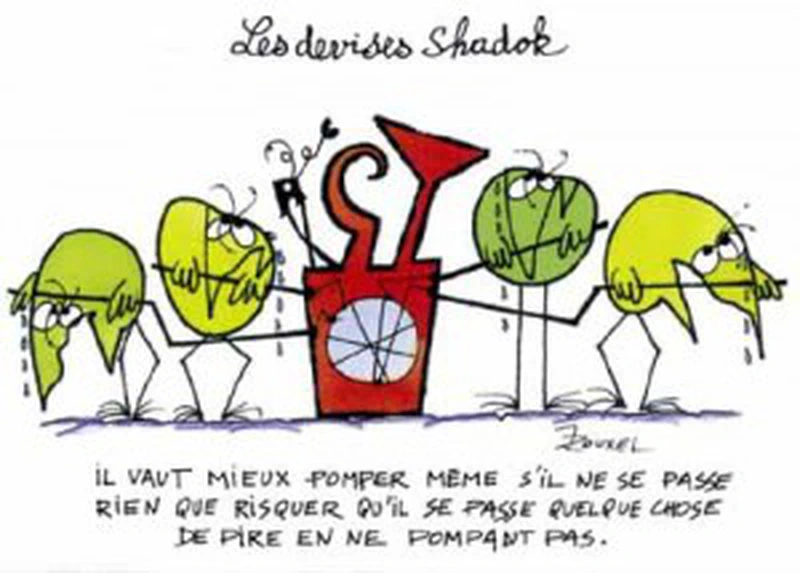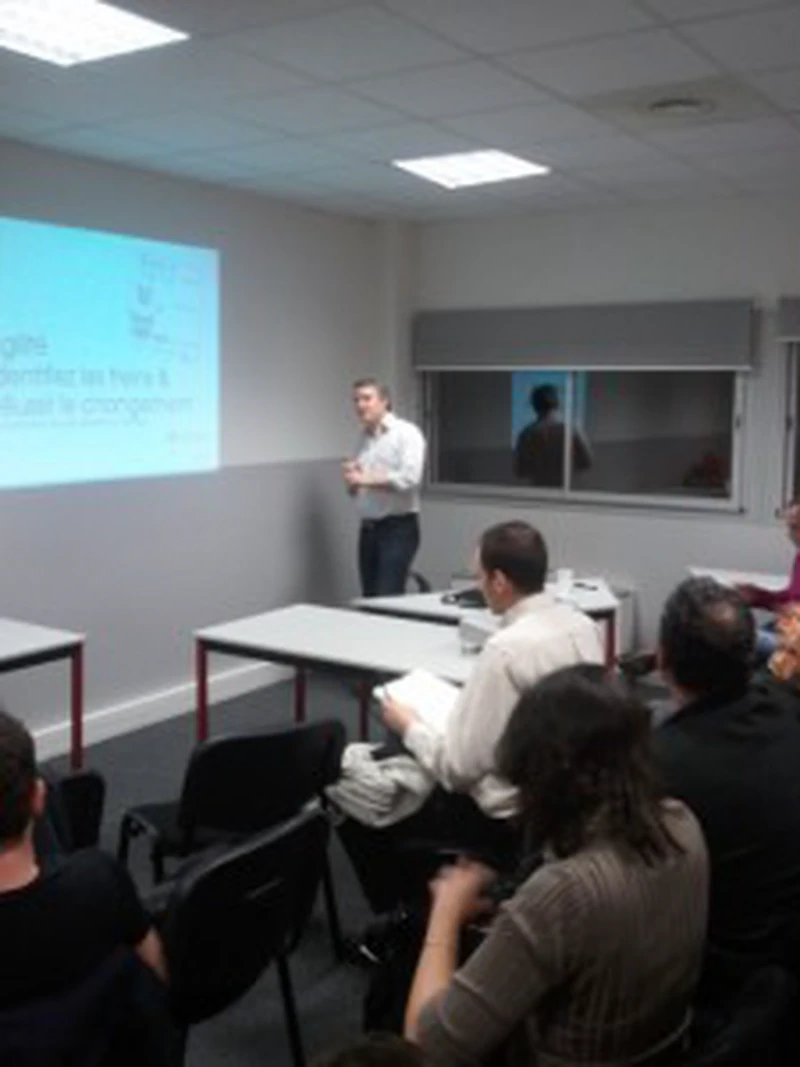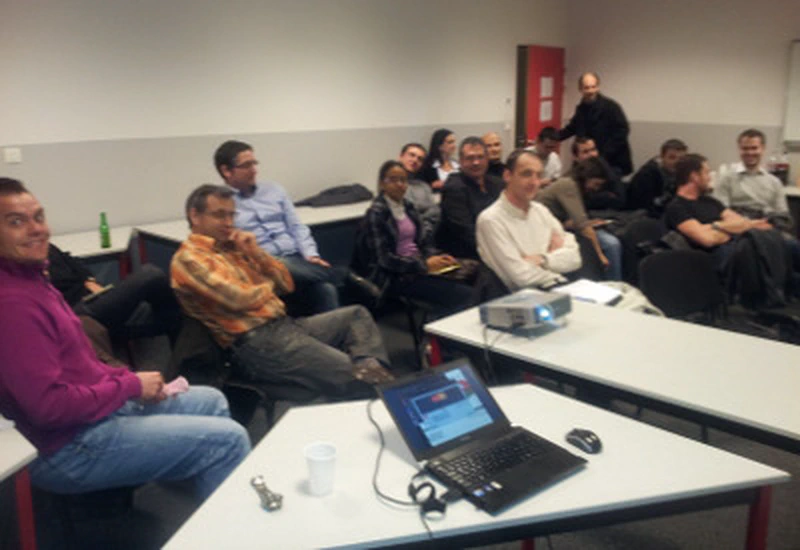This month I was able to give twice a short presentation (~40mn) on broadly the theme of agile change management in organizations. My wish in this presentation is the difficulty in the field of reconciling the entry ticket to agile -very low ultimately (a 20-page read for example the scrum guide from scrum.org)- with the underlying complexity that truly exists. This gap is the source of many disappointments and defeats. And today where the trend is at its peak, where it’s better to do agile -you never know- than not to do it, the disillusions will be numerous.

Here’s a short feedback on the content, then the form and the feedback.
The content
- I tried to divide my slides (they are further down) into three parts
- the first highlights the “cynefin” and “cynefin dynamics” foundation. This framework has the quality of clearly highlighting the differences between the ordered domain (complicated or simple), and the complex domain. I encourage you to start by watching this video or to read more here and there. But to simplify to the extreme, it’s in the complex domain that the emergence of “agile” practices will occur, and it’s by shifting them into the ordered domain that we will really be able to spread them within the organization. The dynamics of these practices that go from “novel” to “emergent” or “good” or “better” is also the source of resistance. When I try to establish a good practice I am confronted with resistance. This is the second part of this presentation. The idea I want to support is that resistance is not a problem in itself. It is the manifestation that we are working on our practices, it is necessary, it is the proof of our progress. If we want to cite the theory of constraints by Goldratt, we can also say (still very simplified) that resistance is the greatest source of improvement. But if the resistance is too numerous, too recurrent, too big we will not pass this step of improvement. It will be insurmountable. This is the third part of my presentation: if we don’t want to be overwhelmed by resistance (size, number) we need good change management. For this I refer to an acronym that I find very effective: ADAPT.
Awareness, if people don’t know what agile is, it’s difficult to succeed.
Desire, now that they know what agile is, do they want it? (did they want something that wasn’t agile?).
Finally Ability, depending on the nature of your organization, the context but also therefore the awareness of agile in your organization and its desire, how to adapt your agile journey.
(I don’t address “Promotion & Transfer” the last two which are there to “fix” the change). So, different ability, different journeys, different agile methods, different possibilities, there are many paths, you must choose one that is well adapted to your ability otherwise you will generate too much resistance. There is no best ability.
To summarize and reversing the chronology of the presentation: if you give yourself the means for good change management, you will avoid having too much resistance, or too much major resistance. But resistance is necessary because it is the proof that change is underway, it is also the proof that we are making new practices emerge in alignment with what your organization is. To understand these dynamics well, it seems very interesting to me to dive into the cynefin framework.
The slides on Speakerdeck:
The form and the feedback

So I was able to give this presentation in two places so far. During a breakfast in the training rooms of Smartview. I was also able to give this presentation thanks to the efforts of Karine & Eric (@viaxoft) and the association Esprit Agile in Marseille. Thanks to them! (In Marseille we did 40mn of presentation and 1h30 of discussions…).
The reception was good, but quite challenged (I learned a lot) : - “it was too theoretical, not concrete enough”.
Yes but I believe that sometimes we need to establish a theoretical analysis to better understand the concrete. This remark is admittedly acceptable. However, I have the pretension to think that we need to plant a seed on these theoretical aspects considered complex and let it mature. But yes it’s quite theoretical, and especially *too* theoretical for people who came looking for keys about agile, novices or beginners (those who came looking for “best practice” answers to a checklist of resistance: precisely we are far from being in this case, this is not how it should be approached). I should have specified in the program that it was not for novices. Agilists (or people hardened to change management) were able to connect my discourse to experience, some of the others not.
- “this applies to everything, not just agile”.
Yes it’s true. But if we consider (as I do) that resistance is the result of collisions, frictions explained by cynefin dynamics and that we estimate that agile has a strong adherence to the complex domain and emergent practices, then even if this discourse applies to many things, it is particularly important for agile.
A presentation to ponder for me. It’s clear that I haven’t yet managed to clarify enough the discourse I want to convey. But on the other hand the reactions provoked lead me to think that there is really a very interesting working basis.

Thanks to Jacques Rouxel & Claude Pieplu for these priceless Shadoks! Thanks to the people present and to the rich discussions they provoked.